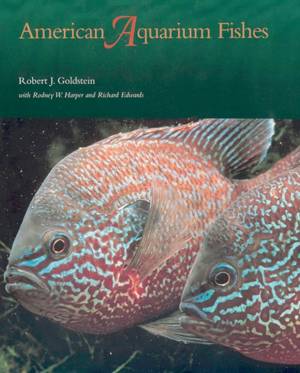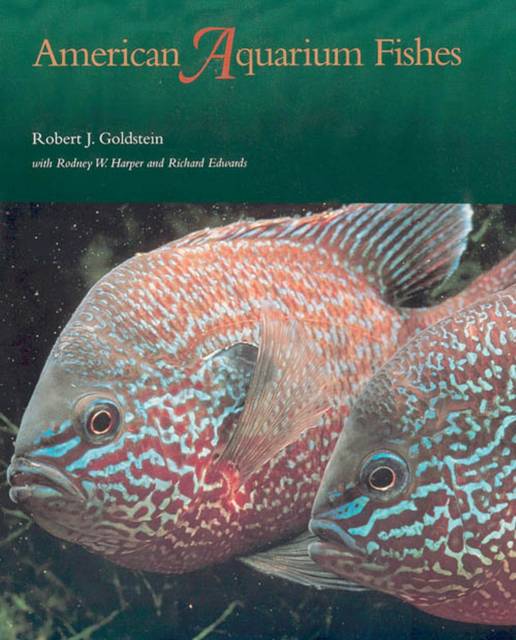
- Retrait gratuit dans votre magasin Club
- 7.000.000 titres dans notre catalogue
- Payer en toute sécurité
- Toujours un magasin près de chez vous
- Retrait gratuit dans votre magasin Club
- 7.000.0000 titres dans notre catalogue
- Payer en toute sécurité
- Toujours un magasin près de chez vous
61,45 €
+ 122 points
Description
This guide provides step-by-step instructions on where to find, how to identify, how to catch, and how to keep and breed many types of fish native to America. The book is designed to be of use to aquarists, hobbyists and biologists.
Spécifications
Parties prenantes
- Auteur(s) :
- Editeur:
Contenu
- Nombre de pages :
- 464
- Collection :
Caractéristiques
- EAN:
- 9780890968802
- Date de parution :
- 01-07-00
- Format:
- Livre relié
- Dimensions :
- 300 mm x 228 mm
- Poids :
- 1816 g

Les avis
Nous publions uniquement les avis qui respectent les conditions requises. Consultez nos conditions pour les avis.






